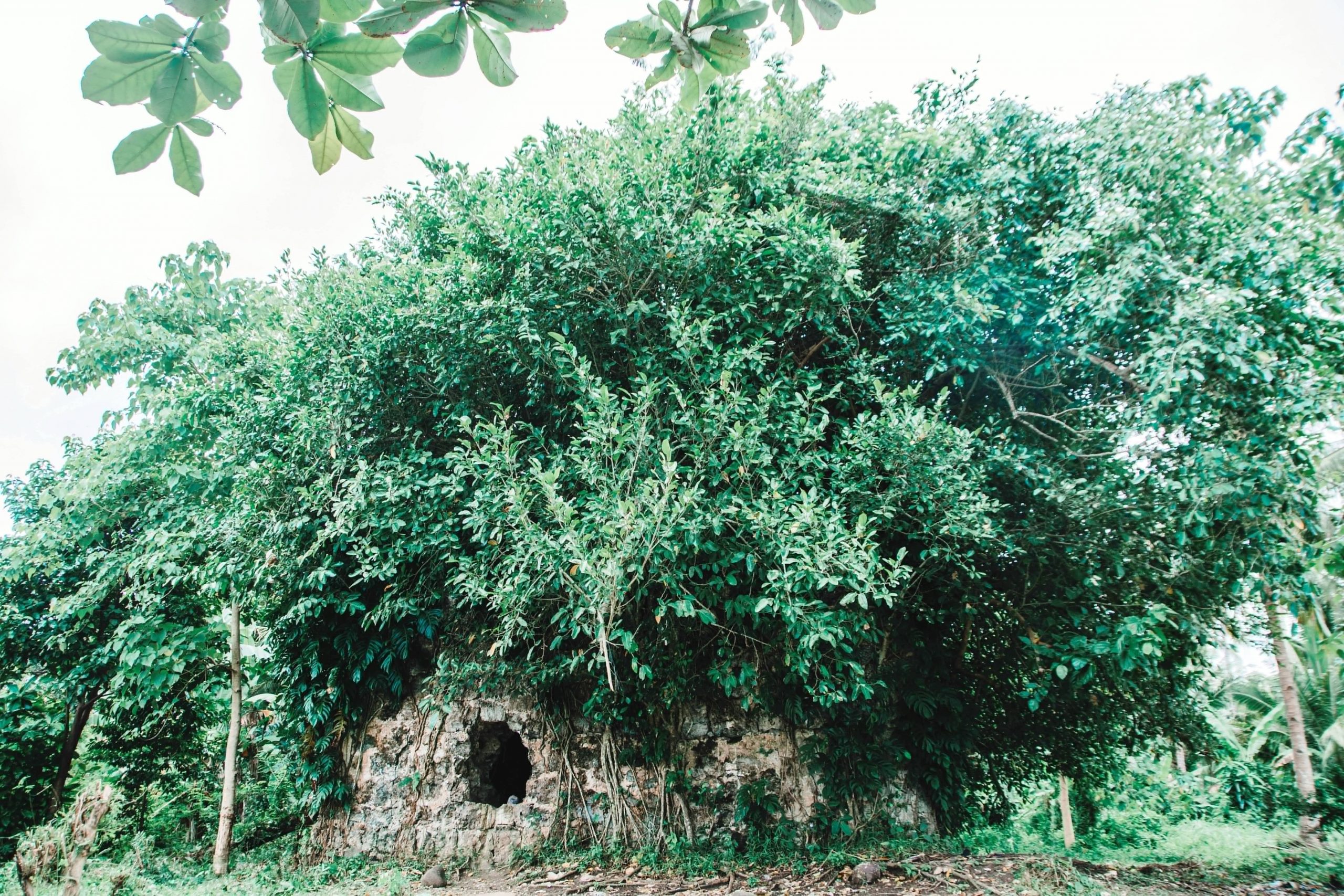A long, long time ago, before the Spanish Era, the archipelago had no central government as it has today. The unit of government was called a barangay. A barangay or sometimes a confederation of barangays was ruled by a headman called Datu. Usually, the datus were independent of each other.
A peaceful village nestled along southern bank of Taverna River, opposite the site of the present town of Leyte, now called Barangay Elizabeth. In this village lived a brave datu named Datu Kandus. His beautiful wife was Hiraite. The datu loved his wife so dearly, that to perpetuate her name and to instill in his subjects the spirit of patriotism, he named his barangay Hiraite.
Datu Kandus ruled his people wisely, with the help of his wife. As the years glided along, changes took place. A drought occurred which lasted for more than a year. The great calamity brought havoc and miseries to the inhabitants. Many of Datu Kandus’ subjects died of hunger. To forestall the suffering of his people, Datu Kandus moved the site of the village to the sea coast, a place now called Rawis. He choosed this second site of his barangay because his people, could then be relieved of hunger by living on the products of the sea.

Many years passed by and the inhabitants lived contentedly in peace and in harmony with the sea and the mangrove swamp. Suddenly, a nation-wide Moro banditry came. At this time, the ruler of Hiraite was a descendant of Datu Kandus, who has died long before.
The Moro raiders were fierce in war. Many times women and children were captured by the Moros and sold as slaves in other places.
To safeguard the barangay from the pillage of Moro pirates, the people of Hiraite built a cottage up a molave tree near the present sitio of Bontogon on the north, as an outpost and assigned Turoy, a brave warrior to keep watch and give warning to the inhabitants of an approaching danger.
A golden bell, the sound of which could be heard in Higatangan, an island village about thirty miles from Hiraite was hung up in the molave tree. As soon as Turoy saw sails of the Moro vintas moving towards Hiraite, he would ring the bell. When the people of the village hears the ringing of the bell, they would hide their old men, women and children inside a concrete tower specially built for the purpose, while the brave warriors prepare to fight the invading pirates on the shores.
The ruins of the concrete tower still exist. Anyone who comes to Leyte can still see this relic of the remote past of Hiraite at sitio Rawis, Barangay Poblacion.
The Moro pirates attributed most of their failure to capture women and children to the golden bell of Turoy. Several times, the Moros tried to attack the outpost in order to get rid of Turoy and the bell, but they were unsuccessful, for Turoy was prepared and ready to hurl big stones whenever the Moros dared to get under or climbed up the tree.
With the advent of Spanish battleships roaming the seas, moro piracy was temporarily checked and the people of Hiraite had a respite.
Conscious of the growing population of the small barangay, the Spanish authorities, who have colonized the area, decided to move to the present site and expanded the village. The old name of Hiraite was changed to Leyte, thinking that the villagers simply mispronounced the name of the island, which is Leyte.
Like any other town, Leyte extended a wide area. The present town of Calubian and a part of the town of Tabango were once territorial district of Leyte.
The changes in government due to the Spanish colonization brought a new picture to the community. The cross prevailed and the people were converted to Christianity. They made Our Lady of the Holy Immaculate of Mary, their Patron Saint.

